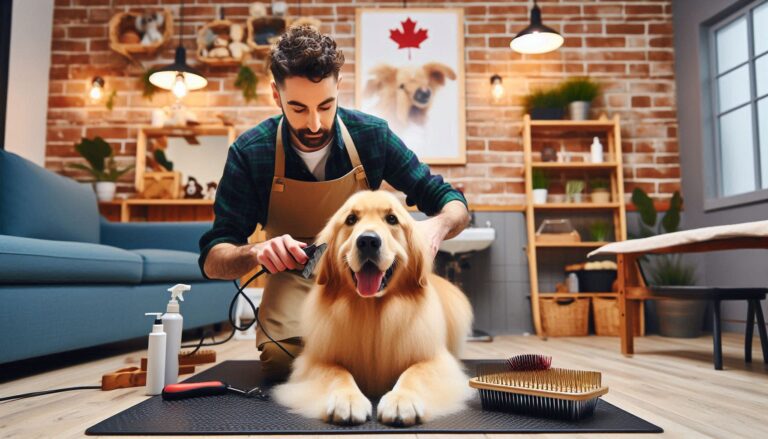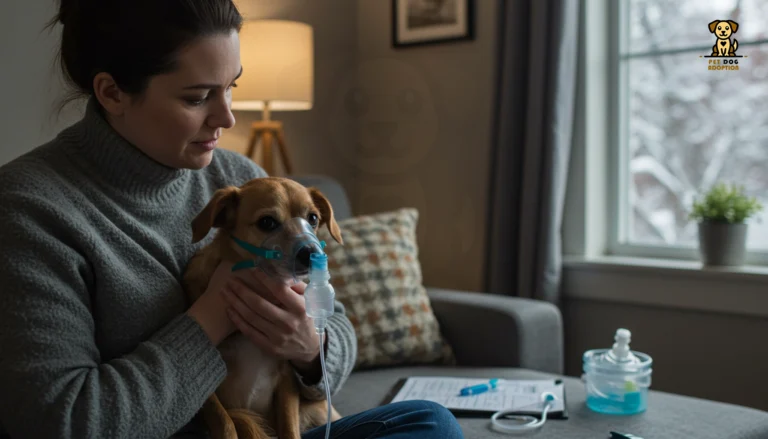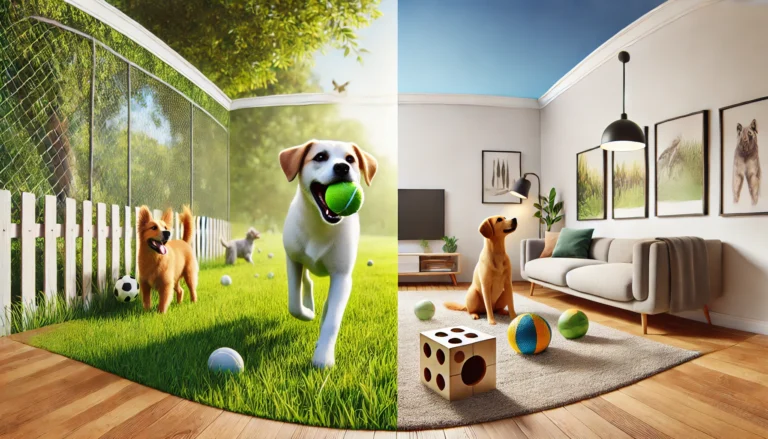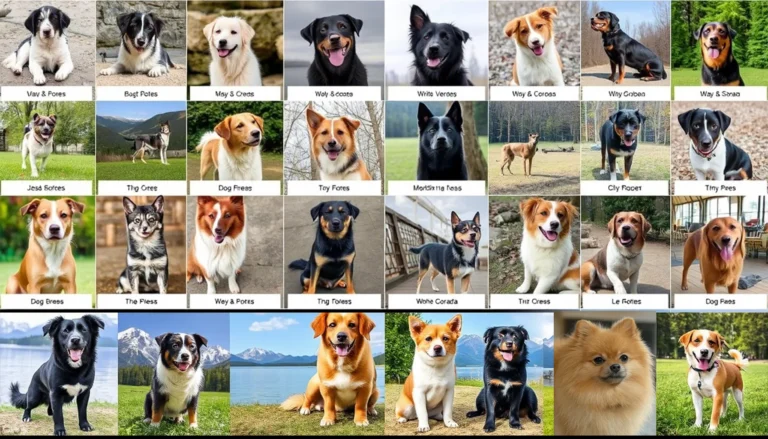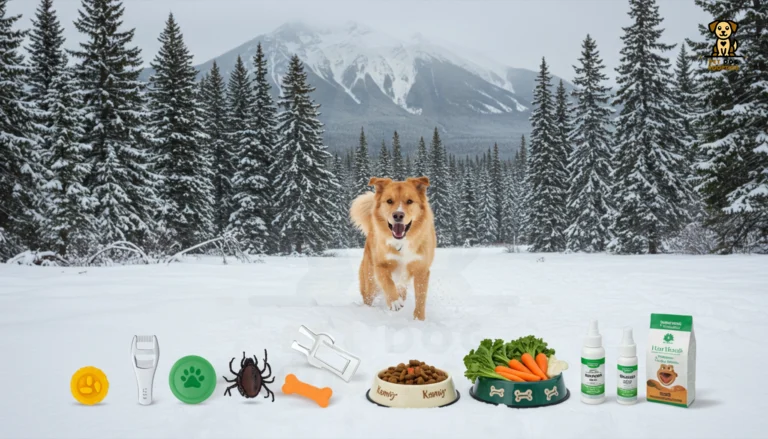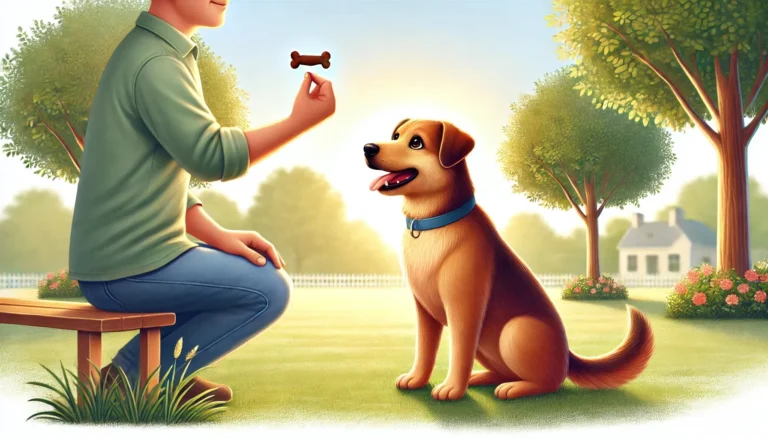Why Is My Dog Misbehaving? Solving Common Behavior Issues Like Barking, Chewing, and Aggression

Why Is My Pet Dog Acting Out? “Common Behavior Issues”
Dogs can’t talk, but their actions speak volumes. From excessive barking to destructive chewing, your dog’s behavior might be trying to tell you something. Whether it’s boredom, anxiety, or a cry for attention, understanding the root cause is the first step to solving the problem.
For example, excessive barking could mean your dog is bored, anxious, or reacting to something in their environment. Similarly, destructive chewing is often a sign of teething in puppies but can also indicate stress or lack of mental stimulation in adult dogs. By identifying the triggers, you can address the behavior before it becomes a habit.
From Barking to Biting “Dog Aggression”
Aggression in dogs can range from growling to full-on biting. But what’s behind this behavior? Is it fear, dominance, or something else? Fear-based aggression is one of the most common types, where a dog reacts defensively to perceived threats.
For instance, a dog that was poorly socialized as a puppy might become aggressive around strangers or other dogs. Counterconditioning and desensitization are effective techniques to help your dog overcome these fears. By gradually exposing them to the trigger in a controlled way, you can teach them to associate it with positive outcomes.
Is Your Dog Guarding Their Stuff? “Possessive Behavior”
Does your dog growl when you try to take their toy or food? This could be resource guarding, a natural instinct to protect valuable items. While it’s normal to some extent, it can become problematic if not addressed.
To manage this behavior, start by teaching your dog that giving up resources leads to rewards. For example, trade a high-value treat for their toy. Over time, they’ll learn that sharing doesn’t mean losing out. Consistency and patience are key to breaking this habit.
Playtime Gone Wrong With My Pet Dog
Playful nipping can quickly turn into aggressive biting. Why does this happen, and how can you teach your dog to play nice? Puppies often use their mouths to explore the world, but if not corrected, this behavior can escalate.
To curb play aggression, redirect your dog’s energy toward appropriate toys and reward calm behavior. If they get too rough, stop the play session immediately. This teaches them that rough play means the fun ends.
Why Does My Dog Attack Out of Nowhere?
Ever seen your dog lash out at someone or something completely unrelated to what upset them? That’s redirected aggression, and it’s more common than you think. This happens when a dog is frustrated or overstimulated and can’t reach the source of their agitation.
For example, if your dog is barking at another dog through a window and you try to pull them away, they might turn and snap at you. To prevent this, avoid putting your dog in high-stress situations and use calming techniques like distraction or redirection.
Dealing with Protective Dogs
Some dogs take their role as protectors a little too seriously. Territorial aggression is when a dog becomes defensive over their home, yard, or even their owner. While it’s natural for dogs to guard their space, it can become problematic if it leads to excessive barking or biting.
To manage this behavior, teach your dog to associate visitors with positive experiences. For example, reward them for calm behavior when someone enters your home. Over time, they’ll learn that strangers aren’t a threat.
Senior Dogs, New Problems: Managing Aging Canine Behavior
As dogs age, their behavior can change. From confusion to anxiety, here’s how to help your senior dog navigate their golden years. Cognitive dysfunction, similar to dementia in humans, can cause disorientation, changes in sleep patterns, and even house soiling.
To support your aging dog, provide mental stimulation through puzzles and gentle exercise. Regular vet check-ups are also essential to rule out underlying medical conditions that could be contributing to behavioral changes.
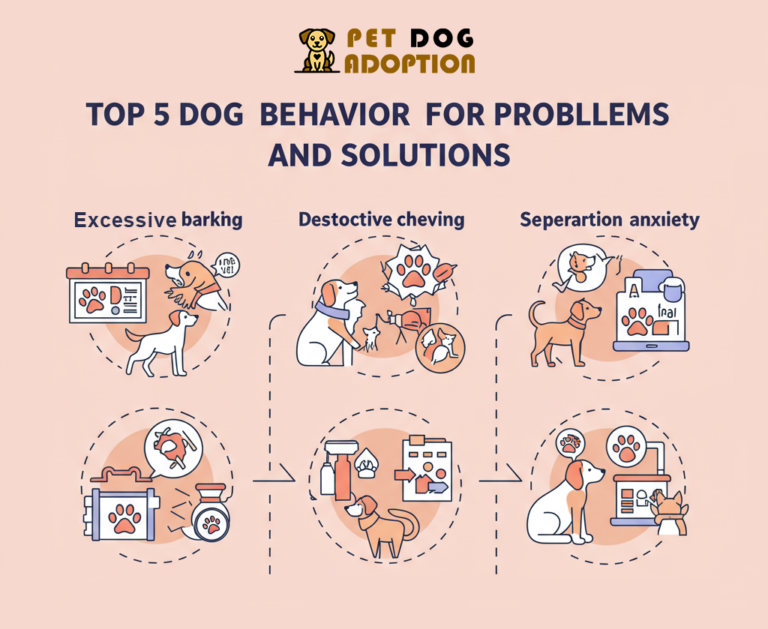
Can You Train an Aggressive Dog?
Rehabilitation Tips That Work
Think aggressive dogs are beyond help? Think again. With the right approach, even the most challenging behaviors can be managed. Positive reinforcement training is one of the most effective methods, rewarding good behavior with treats, praise, or play.
For severe cases, consider working with a professional trainer or behaviorist. They can create a customized plan that addresses the root cause of the aggression and helps your dog learn new, more appropriate behaviors.
How to Handle Dog Aggression Toward Humans
Aggression toward people is scary, but it’s not hopeless. Discover practical steps to help your dog feel more comfortable around humans. Start by identifying the triggers, such as fear or resource guarding, and work on desensitizing your dog to those situations.
For example, if your dog becomes aggressive when approached while eating, gradually desensitize them by standing at a distance and rewarding calm behavior. Over time, they’ll learn that human presence during meals is not a threat.
Dog vs. Dog: Solving Aggression Between Canine Friends
Does your dog go from friendly to furious when they see another dog? Learn how to ease tension and foster better canine relationships. Inter-dog aggression can stem from fear, lack of socialization, or past negative experiences.
To address this, introduce your dog to calm, well-behaved dogs in a controlled environment. Use positive reinforcement to reward calm behavior and gradually increase the level of interaction as your dog becomes more comfortable.
The Good, the Bad, and the Ugly
Pros and Cons of Dog Training Methods
| Training Method | Pros | Cons |
| Positive Reinforcement | Builds trust; encourages good behavior | Requires consistency; may take time |
| Punishment-Based Training | Can stop unwanted behaviors quickly | Can lead to fear and aggression; not recommended by experts |
| Clicker Training | Precise timing; effective for complex behaviors | Requires initial training for the dog to understand the clicker |
| Behavioral Modification | Addresses root causes; long-term results | Can be time-consuming; may require professional help |
Your Top Questions About Dog Behavior Problems Answered
By the Numbers: Dog Behavior Problems in Canada
| Behavioral Problem | Percentage of Dogs Affected |
| Excessive Barking | 35% |
| Aggression Toward Humans | 20% |
| Separation Anxiety | 15% |
| Destructive Chewing | 10% |
| Fear of Loud Noises | 10% |
Building a Happier Life with Your Dog
Behavior problems don’t have to ruin your relationship with your dog. With patience, understanding, and the right tools, you can create a happier, healthier bond. Whether it’s addressing aggression, managing anxiety, or simply teaching better manners, the key is consistency and positive reinforcement.
Remember, every dog is unique, and what works for one might not work for another. Don’t hesitate to seek professional help if needed. After all, a well-behaved dog is a happy dog—and a happy dog means a happy owner!

